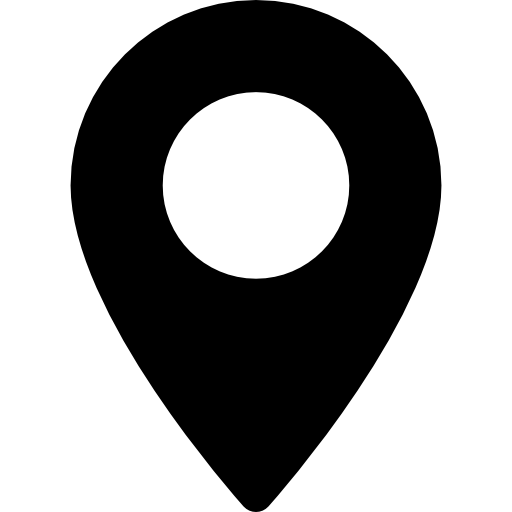What Is a T-Bone Car Accident?
A t-bone car accident occurs when cars collide so that the front of one vehicle makes contact with the side of another. The resulting accident makes a sort of “T” out of two cars, where one car is the top, or cross-portion, of the “T” and the other is the bottom part of the “T.”
T-bone accidents are also referred to as side impact crashes, and they are fairly common. They account for 23 percent of vehicle occupant deaths.
What Are Other Common Car Accident Types?
Some other common car accidents are head-on collisions, rear-end collisions, and side-swipe collisions. The first occurs when two vehicles make contact on both fronts. Head-on collisions typically occur when two vehicles are traveling toward each other on the roadway.
Rear-end collisions occur when the front of one vehicle makes contact with the rear of another. For example, if one vehicle brakes suddenly and the vehicle behind it can’t stop in time, the resulting collision would be a rear-end collision.
Finally, side-swipe collisions occur when the side or partial side of one vehicle comes into contact with the side or partial side of another vehicle. An example of this type of collision would occur if a driver tried to change lanes and didn’t realize another vehicle was already there. The cars in this incident would make side contact.
Who Is at Fault in a T-Bone Accident: The Top or Bottom of the T?
There isn’t one right answer for which car is always at fault in a T-bone accident. The fault isn’t determined by the placement of the car in the accident but by the actions and awareness of the drivers while they’re on the roadway.
Many T-bone car accidents are caused because one of the drivers in the collision failed to yield the right of the way appropriately or otherwise follow the rules and traffic signals on the road. To understand how these actions might lead to liability, let’s consider a few hypothetical cases.
- Imagine one driver fails to stop at a red light. The other driver is proceeding through the intersection correctly because they have the green light. The driver that failed to stop for the red traffic light would likely be liable whether they end up at the bottom or top of the “T.”
- Imagine a driver makes an incomplete rolling stop at a stop sign and doesn’t take the time to look both ways when crossing an intersection. They may be liable for any T-bone accident that occurs due to those actions.
- Imagine a different scenario at a stop sign. A driver stops fully and looks both ways. It’s a four-way stop with 4 stop signs, one in each direction, so they believe any oncoming traffic will be slowing down to stop. Since they are the first car to reach the intersection, they proceed through. However, if a car coming on the perpendicular road fails to stop at the stop sign or even slows down; the resulting T-boned accident would likely be that driver’s fault.
- Imagine a driver is in a parking lot and attempting to leave that parking lot and enter the roadway. They must wait for a safe time to do so. If they attempt to rush the entry without waiting for a good opening in oncoming traffic, it may result in a T-bone crash. The driver entering the flow of traffic inappropriately may be deemed liable.
- Imagine a similar scenario, but the driver has a reasonable expectation of safely entering the roadway before oncoming traffic arrives. However, the vehicle that is traveling toward them is doing so at a much higher rate of speed than is posted, which leads that vehicle to arrive before the estimated time. If a T-bone car crash occurs in this case, liability might be with the driver who was speeding.
How Do You Prove Someone Else Was Liable in a T-Bone Accident?
If another person is liable in an accident you’re involved in, you may be able to seek compensation for your losses from them. A personal injury attorney that helps clients with car accidents, can help you understand whether you have a strong case and what the next steps should be. However, in most cases, you will need to prove that the other person is liable.
Some steps in proving liability on the part of the other person in a T-bone accident include:
- Getting the police report. The officer may have recorded facts about who was at fault in the accident, including whether anyone was cited for failing to obey traffic laws.
- Taking pictures of the accident scene. Skid marks and damage at the accident scene can help demonstrate to others what took place just before the accident. Images of the intersection or other locations as well as road signs can help show who should have yielded.
- Witness testimony. If anyone saw the accident other than the two drivers, including passengers in either vehicle, they can speak to what they saw to help determine who might have been at fault.
When filing a lawsuit, you may also have to demonstrate that you did incur losses due to the accident and what those losses are. You might need to present medical records, expert testimony, and information about your income before and after the accident, for example.
Work With Experienced Car Accident Attorneys
When you’re seeking compensation against the at-fault driver for pain and suffering, property damage, medical bills stemming from medical care, and losses due to missed work, you’re often pitted against legal teams and insurance companies. Don’t fight that battle on your own. Work with experienced car accident attorneys who can stand up for your rights and make your case. The team at Fuller Personal Injury Law can help; contact us today for a free case review.

 CALL US NOW
CALL US NOW











